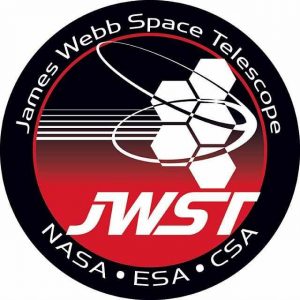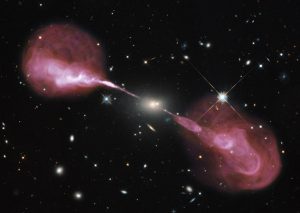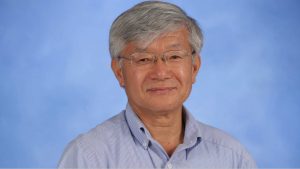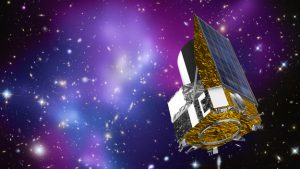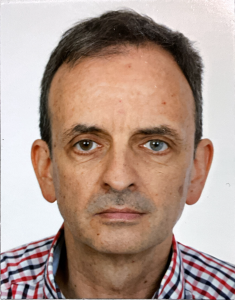
Guest: Prof. Dr. Günter Sigl, Universität Hamburg, II. Institut für Theoretische Physik, Hamburg, Germany
When: 1 August 2024, 11:00
Where: ISS, Auditorium
Abstract:
Origin and nature of ultra-high energy cosmic rays above ~ 1018 eV are still not very well understood. Progress on these questions requires on the one hand enhanced experiments providing multiple complementary observables, such as the Pierre Auger Observatory. On the other hand, there is a need for a better theoretical understanding of the relevant physics, in particular the nature of hadronic interactions that give rise to the detected giant air showers and the propagation of charged particles in a structured Universe. In addition, secondary gamma-rays and neutrinos can provide complementary multimessenger signatures. In this talk we will focus on a few key points on these topics.
Contact: Dr. Gina Isar <gina.isar[at]spacescience[dot]ro>
Gallery:





